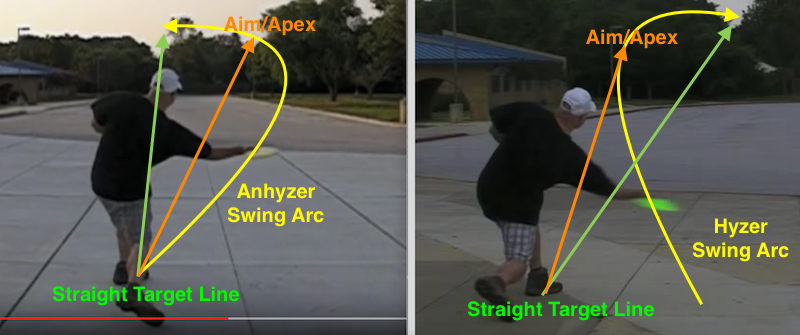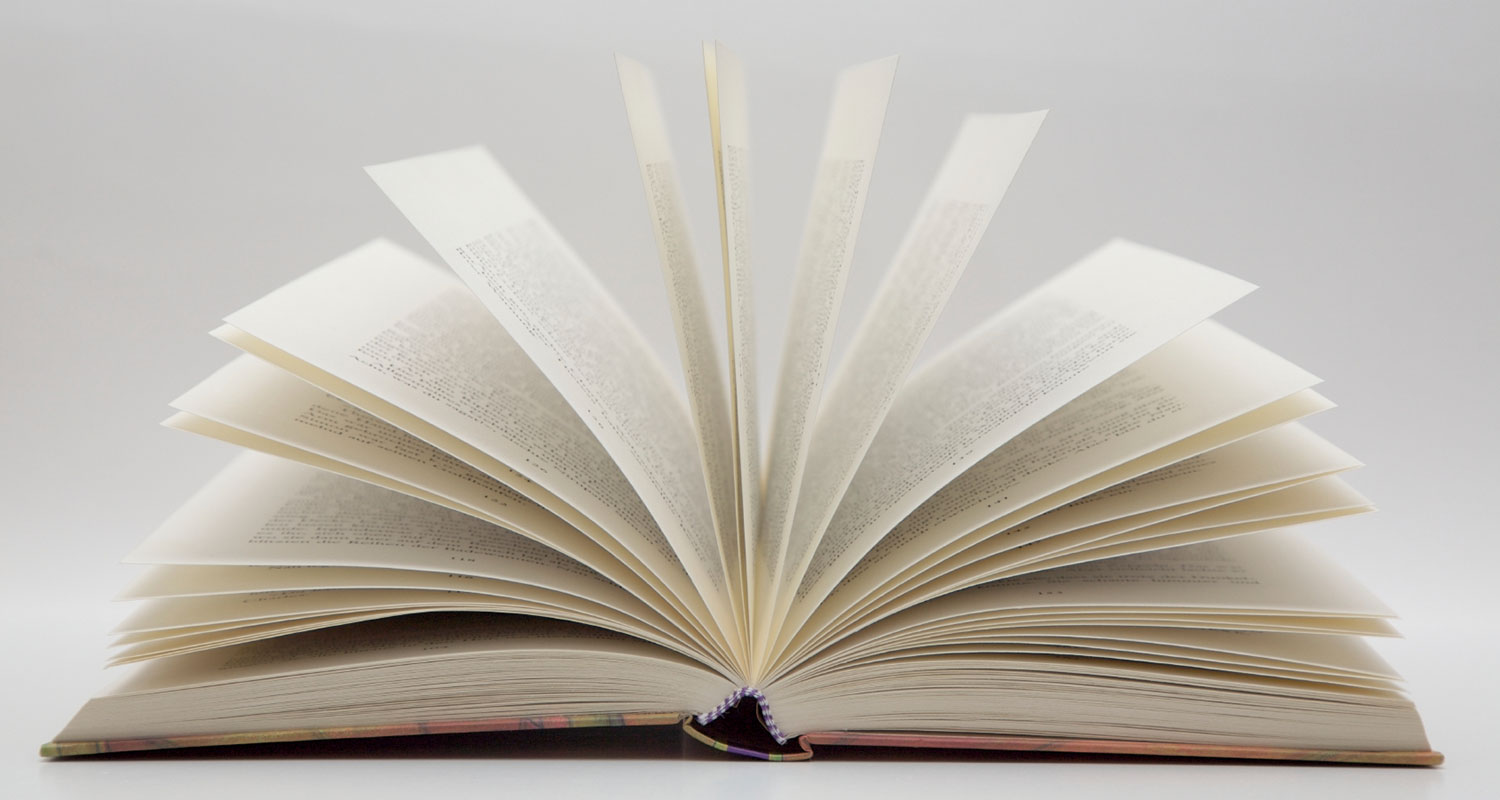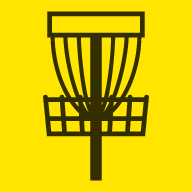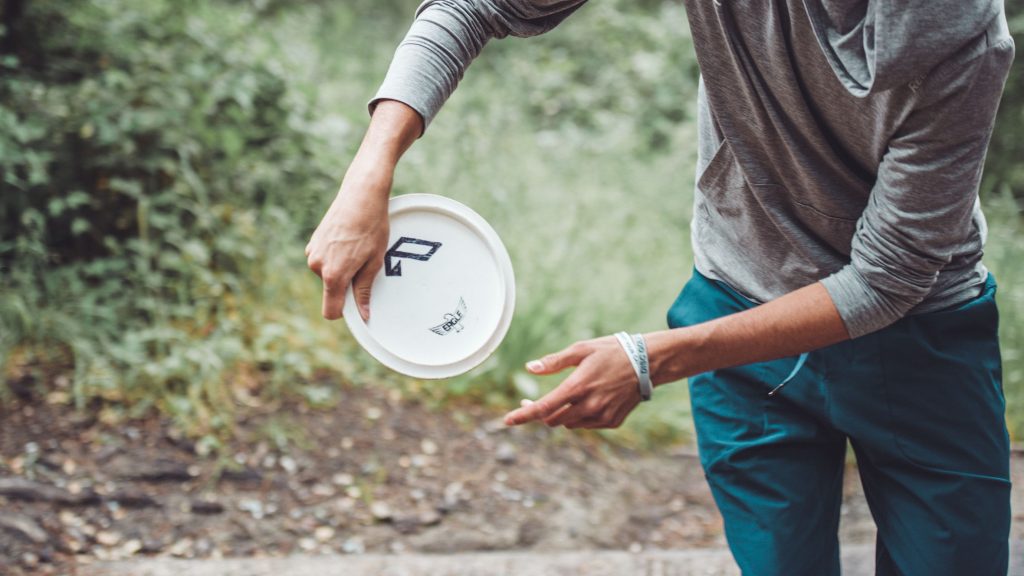This all made me think about how I used to react to Cris Collinsworth commentating the NFL.
There was a season or two where it was like he had just learned the phrase "RPO," and I swear I heard him say it several dozen times during every broadcoast. It probably wasn't that many, but it felt that way.
And then of course for years he shamelessly professed his love for the 7X, and he would say "TOM Braaady" over and over again. Such was his love that he would say "TOM Braaady" even in games that neither featured him nor had anything to do with him.
But you know what? Now that TOM Braaady isn't in the NFL I miss Collinsworth saying it sometimes.
I wanted to make your worse even worse - what if the disc is not only flipping over because of the headwind, but because Calvin knows his discs and implicitly or explicitly understands which one will flip at what speed to what degree in which headwinds etc.?
I'm a lot like you in a few ways, so I think for a year or two I sort of ignored what the commentators said because I started to notice these things and where the language didn't meet what was happening to the naked eye, then eventually just developed my own internal thoughts. Then when I came back and watched more Uli and Jerm (or whomever) they felt more like Collinsworth - I kind of like the hamminess and jabs and occasionally weird phrase and comparing what they say with what we all see on camera. I don't really "fault" anyone because like
@Jaani is saying everything's happening fast, these dudes just played a full round of pro golf, and they're moonlighting the commentary. But as an amateur trying to understand what the hell is actually going on sometimes requires independent "homework" if you care to know. If you don't have regular access to pros it can be hard, and even then I'm never 100% sure the words all mean the same thing to two different people. I mean even in some areas of science that's true, so why wouldn't it be the case in less constrained environments? You literally get concensus papers from time to time in science where a lot of people hash out their semantic baggage, and even then they still usually end with lists of caveats and currently irreconcilable differences.
I kept your Innova vs. Jomez Flex shot glossary example because that's exactly annoying to someone who wants to be clear, and it's personally annoying to me because I tended to use a different term to describe one of those definitions in my own head. So I guess I am happy to drop any terms and just think about the release angle, trajectory, intended
apex out of the hand like Sidewinder tends to since it simplifies the "human" part of the problem for throwing objects more generally even if you prefer different framing concepts or details. Then there is the very complex interaction of the disc with those variables plus the wind etc. that I still only partly understand but the Aerodynamics thread is helping me.

McBeth also talks about the Apex as the aiming point here. I am curious if every pro does this whether they realize it or not - it certainly looks like most tend to to me in their preshot routines. I noticed over time that I am always automatically thinking about the apex of my putter shots - I barely even look at the basket once I understand where it is. I just trust the apical aiming point, distance, and disc. I literally visualize the apex like Paul is talking about there - disc orientation at the apex included. Some discs will fade, some will stall and drop, some will continue to turn over out of the apex. I don't really have to think about it at all for the discs I use the most because it becomes more automatic over time. If a hole or line are new I'll stand there staring longer trying to figure out where the apex is, then when that is "solved" I just tee off. My preshot routine feels like it takes forever when that extra bit of "analysis" happens but my cardmates said they don't even notice it, which is an interesting internal perception thing.
Putters are great learning tools because they tend to have simple flight characteristics, but there's a lot more to the game. For drivers things are more complex and my brain and body clearly still need to learn a lot more there. Since my outdoor practice time is basically limited to rounds these days, I tend to still KISS and prefer throwing hyzer(flips) of one kind or another since I intuitively better understand how to move to make them happen better and better over time and they're close to what I do with my indoor drive practice, then it's more just about learning the speed/disc/flight path interaction, which could take a lifetime.
Since I have always trended extreme hyzer and my misses are usually early releases due to posture collapse or blocks more than WTF Richards these days, I am usually working with drivers that start with flip going left-to-right and then either keep turning or fade back. I do think there are obvious advantages to a more overstable game but forcing my body to do that has always been harder than starting on hyzer and then recently working to tone it down when needed/use more OS where it makes sense, etc. Interestingly I still find throwing true flat or true anhyzer release angles much easier from a standstill, and I'm usually using my X-step when I want more "free" power anyway.
I have a friend who started out only being able to throw true anhyzer because he couldn't brace at all who tries to convince everyone to throw flat. He noticed that I tend to overcomplicate some shots and convinced me that there are indeed real situations where throwing flatter with a simpler flight path will benefit me, so I am learning from him - but we compromised at me throwing less harsh hyzers, which as he put it "is fine as long as you do whatever you are doing consistently"

. I told him part of the reason that I didn't want to throw flat was not just stubbornness - I get hurt faster when I try to throw truly flat release angles no matter how I am moving, and especially as I approach driving speeds.
Everyone's a little different and everyone probably finds compromises between their tendencies and what is "ideal" as their game develops, I'd expect.
I'm pretty sure after 30 minutes I would start saying crap like
"Wow, Paul has pretty long legs for his height. Is he a 30" inseam or a sneaky 34"?"
"You know, sometimes you gotta drive AND upshot AND putt for dough."
"Well, it looks like this hole is pretty much mopped up, and what else is new? These women are excellent. You know, Steve West did an analysis suggesting that there are in fact no convincingy statistical differences between people that fans call 'woods players' and 'open course players' on tour. But he didn't publish it because he was worried it would upset people. Do you think we should call him now?"
"It looked like on that shot he had slightly more anterior pelvic tilt than we're used to seeing which impeded his space through the pocket and led to some collapsing posture and compensation on the front side, but we'd have to rewind the tape and show you framewise. Jerm, go get some beers because this is going to take a while to explain."














